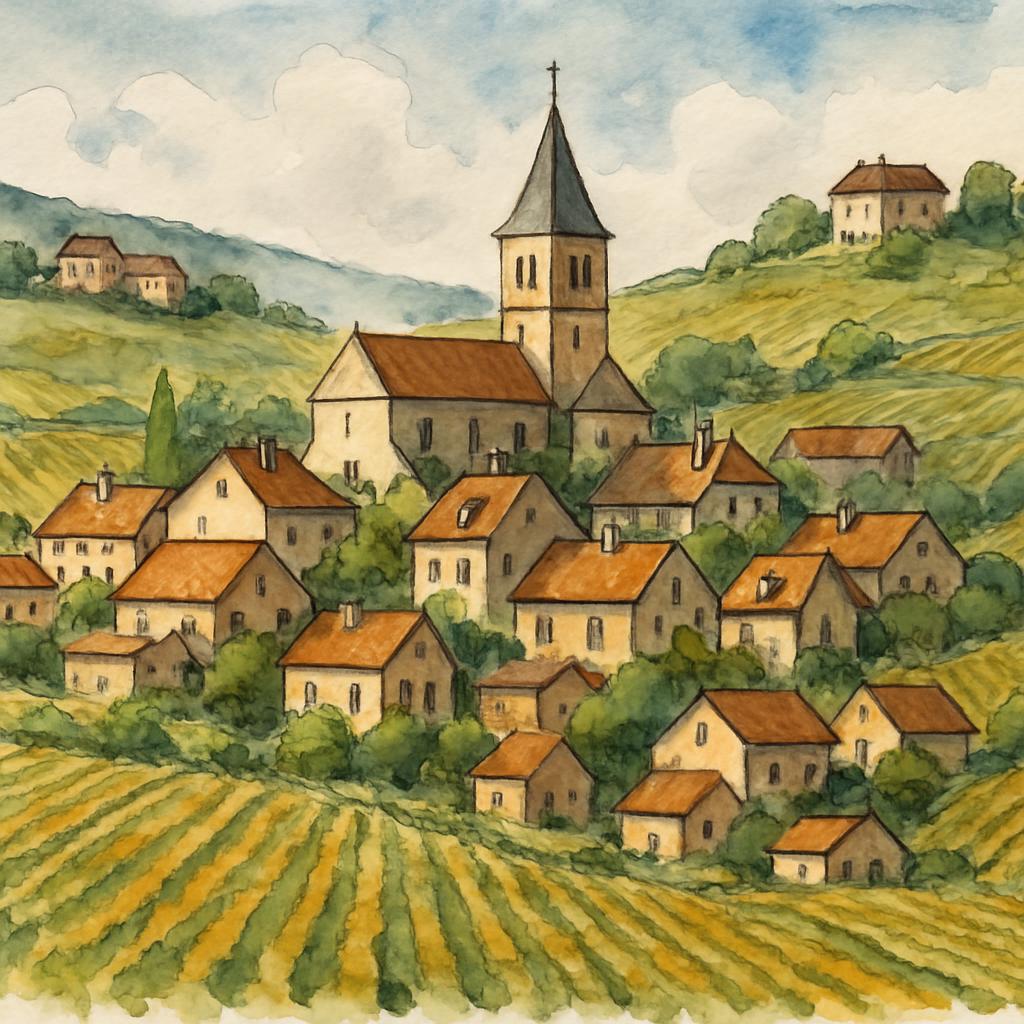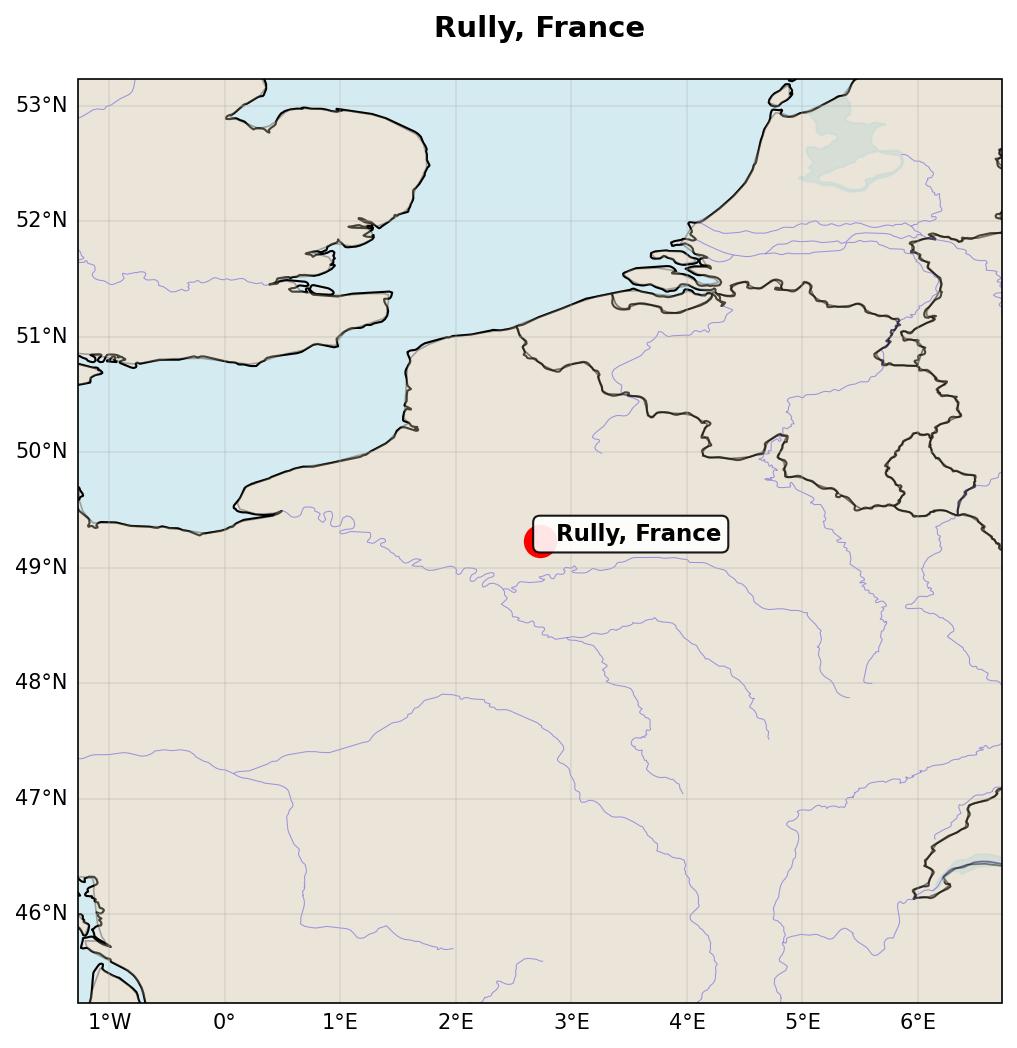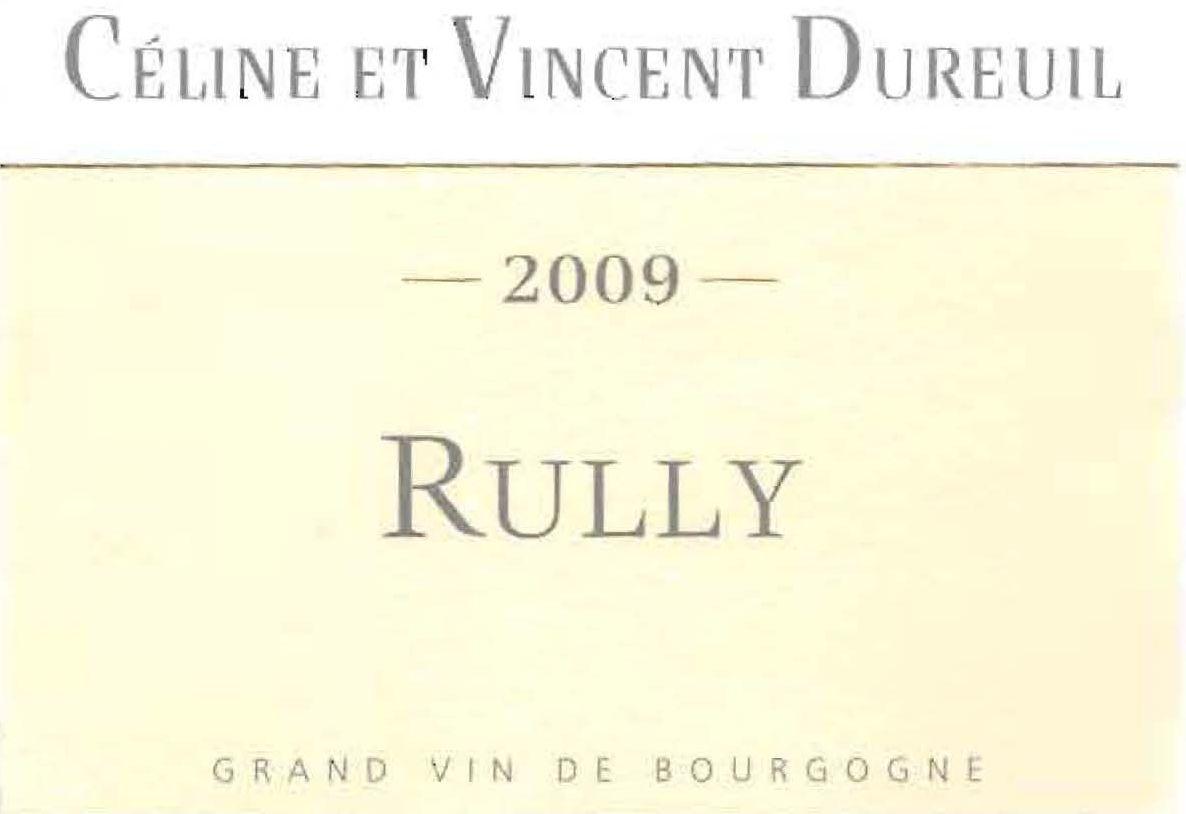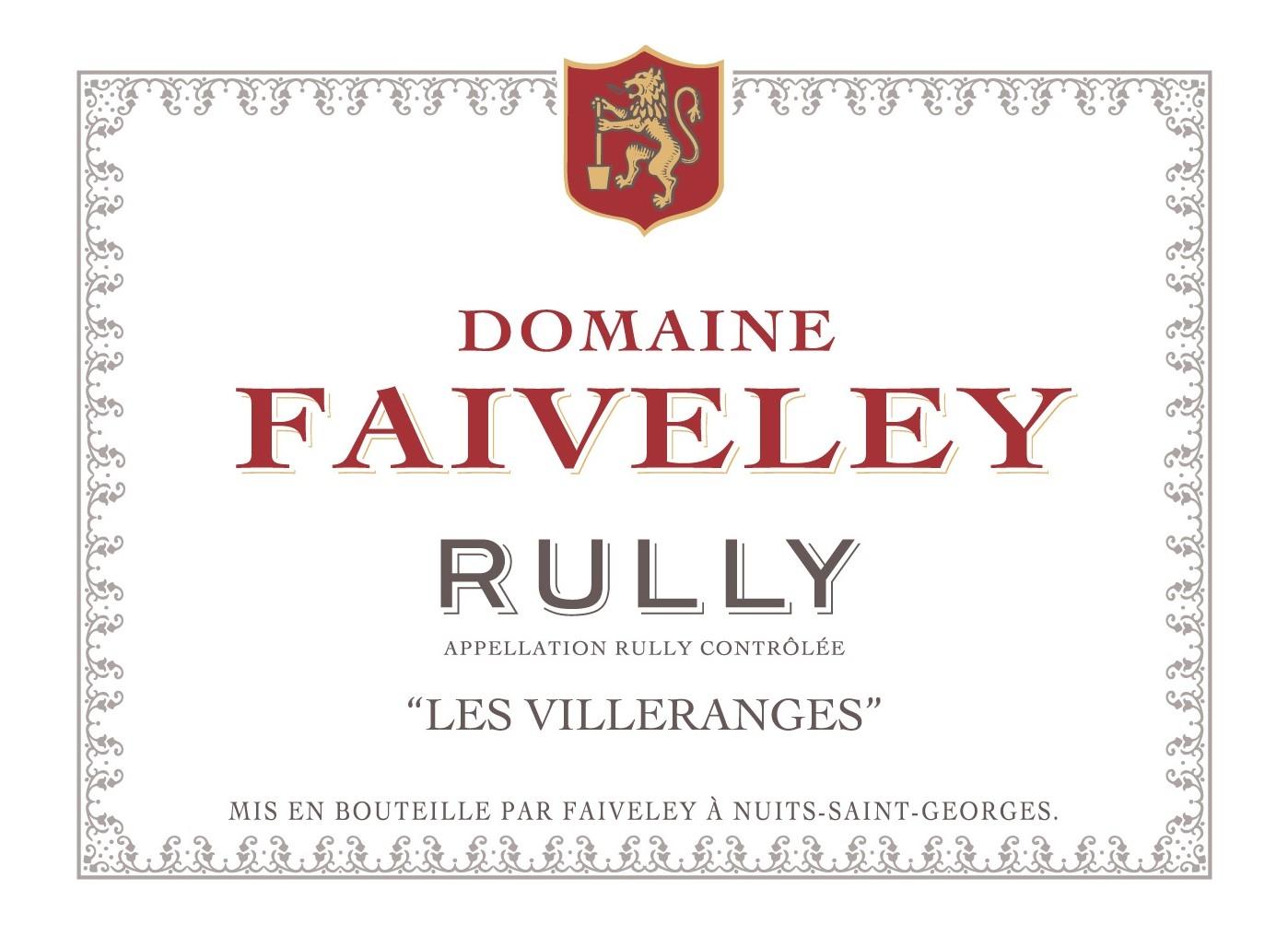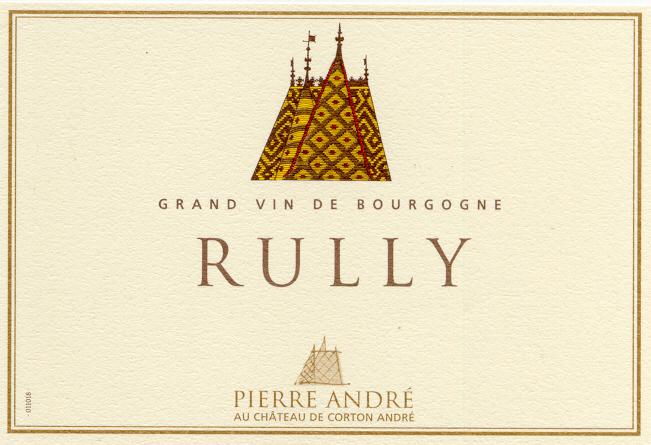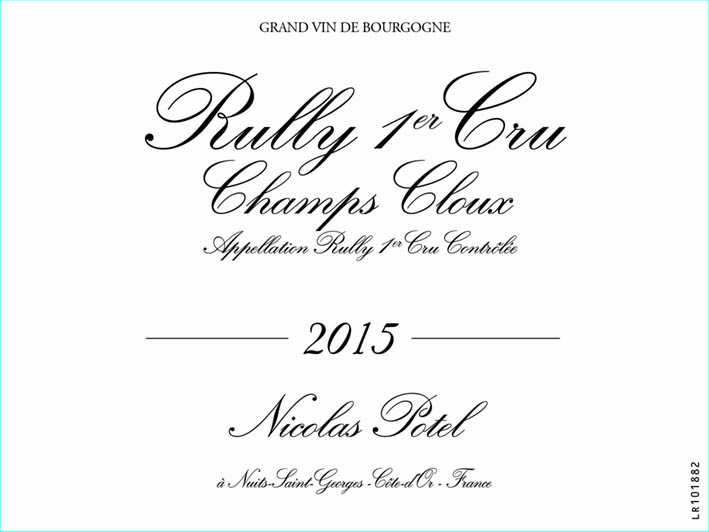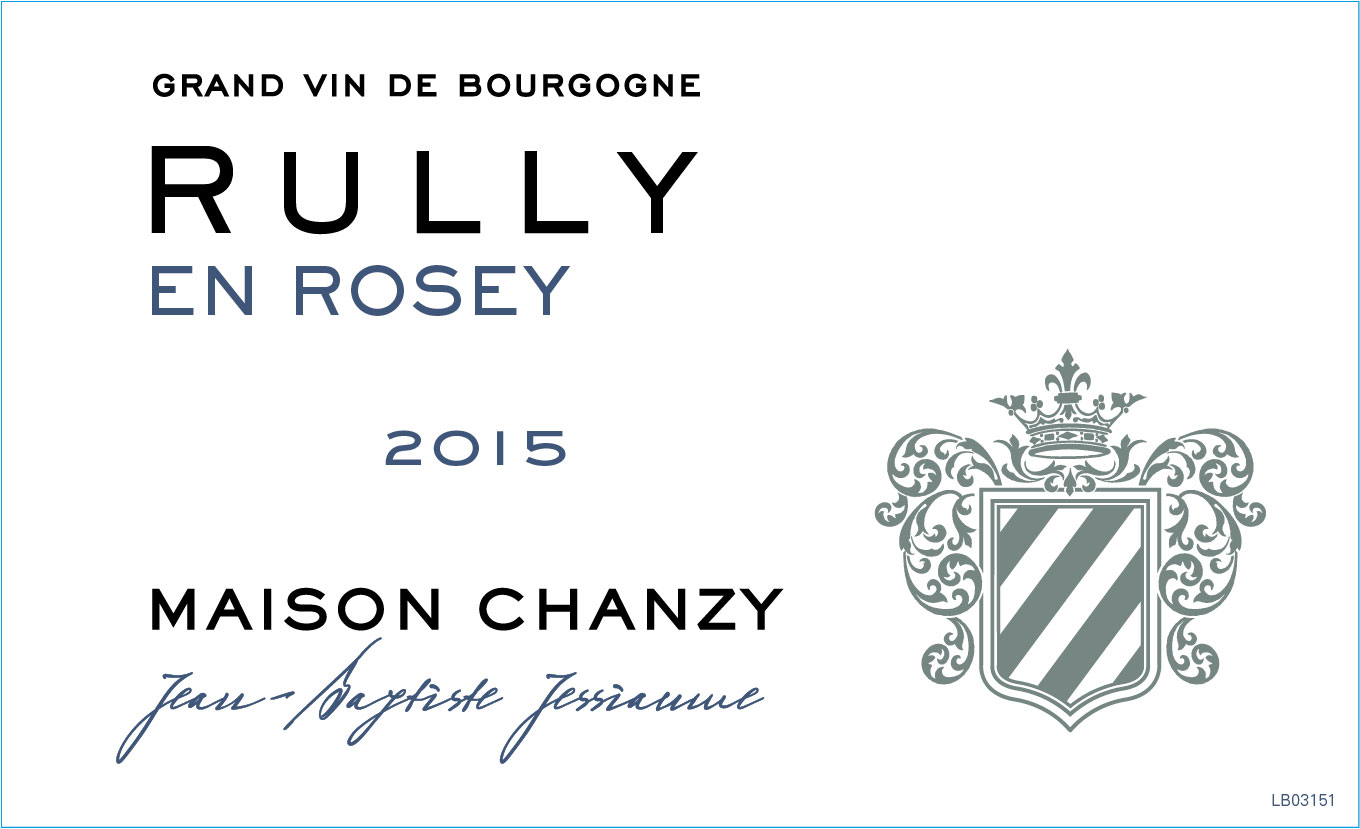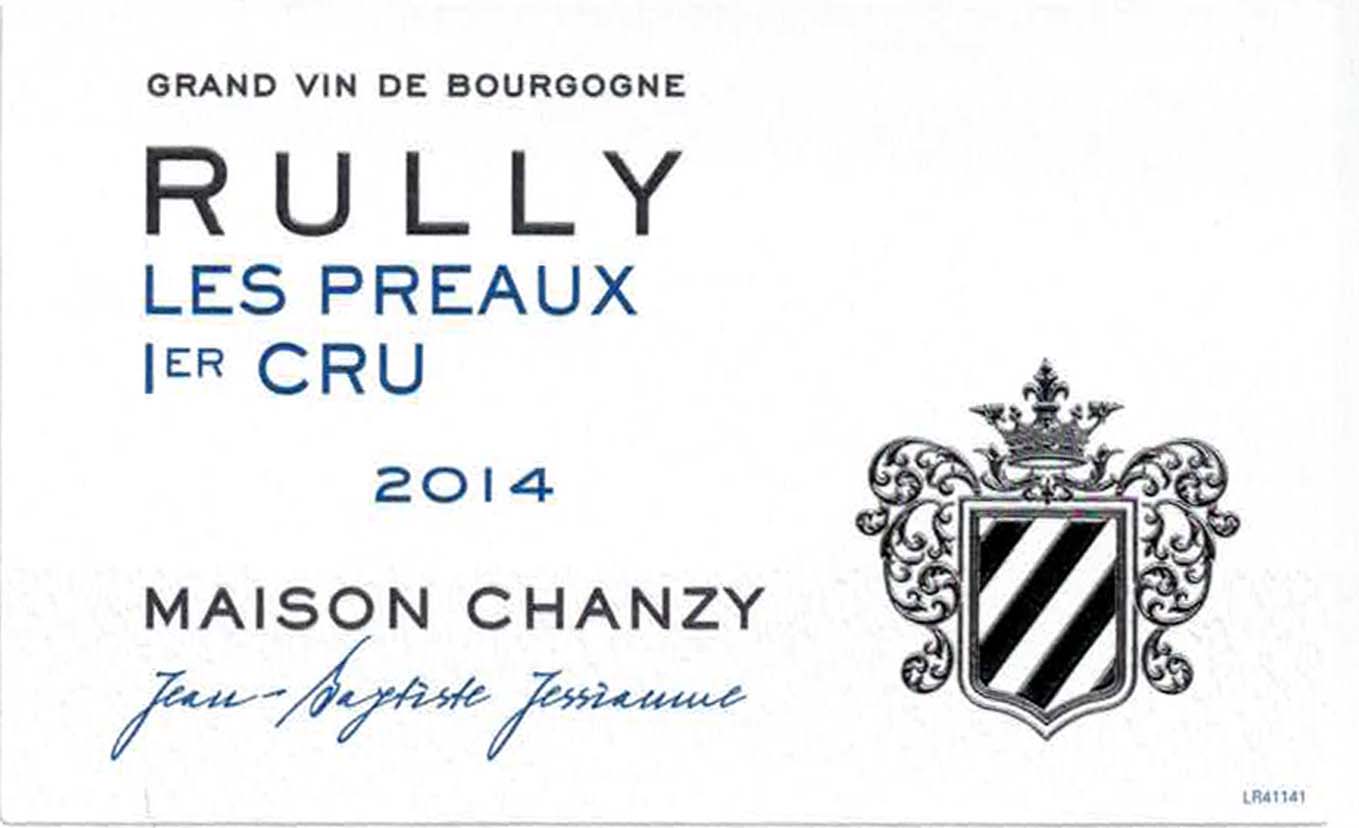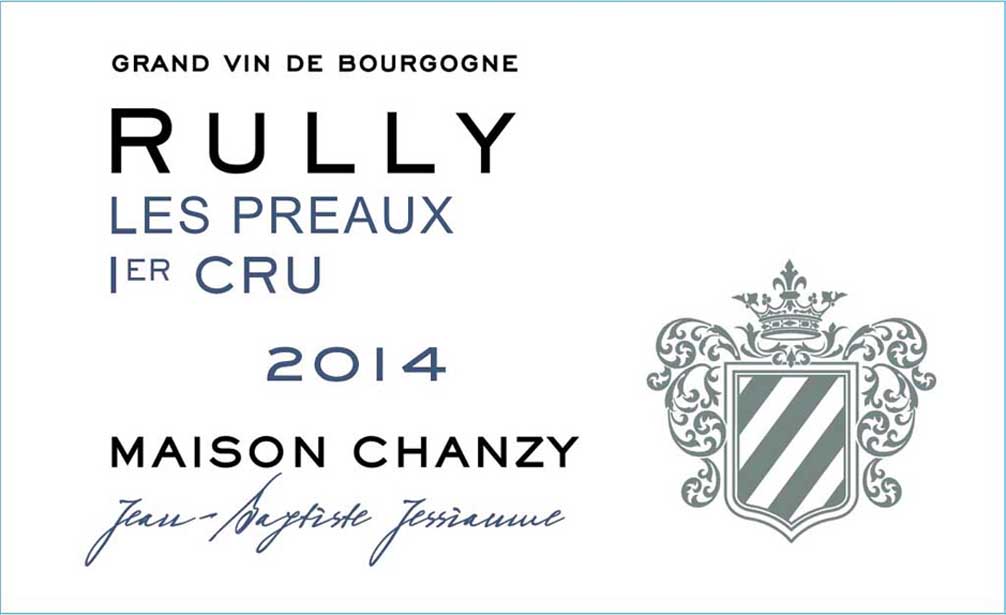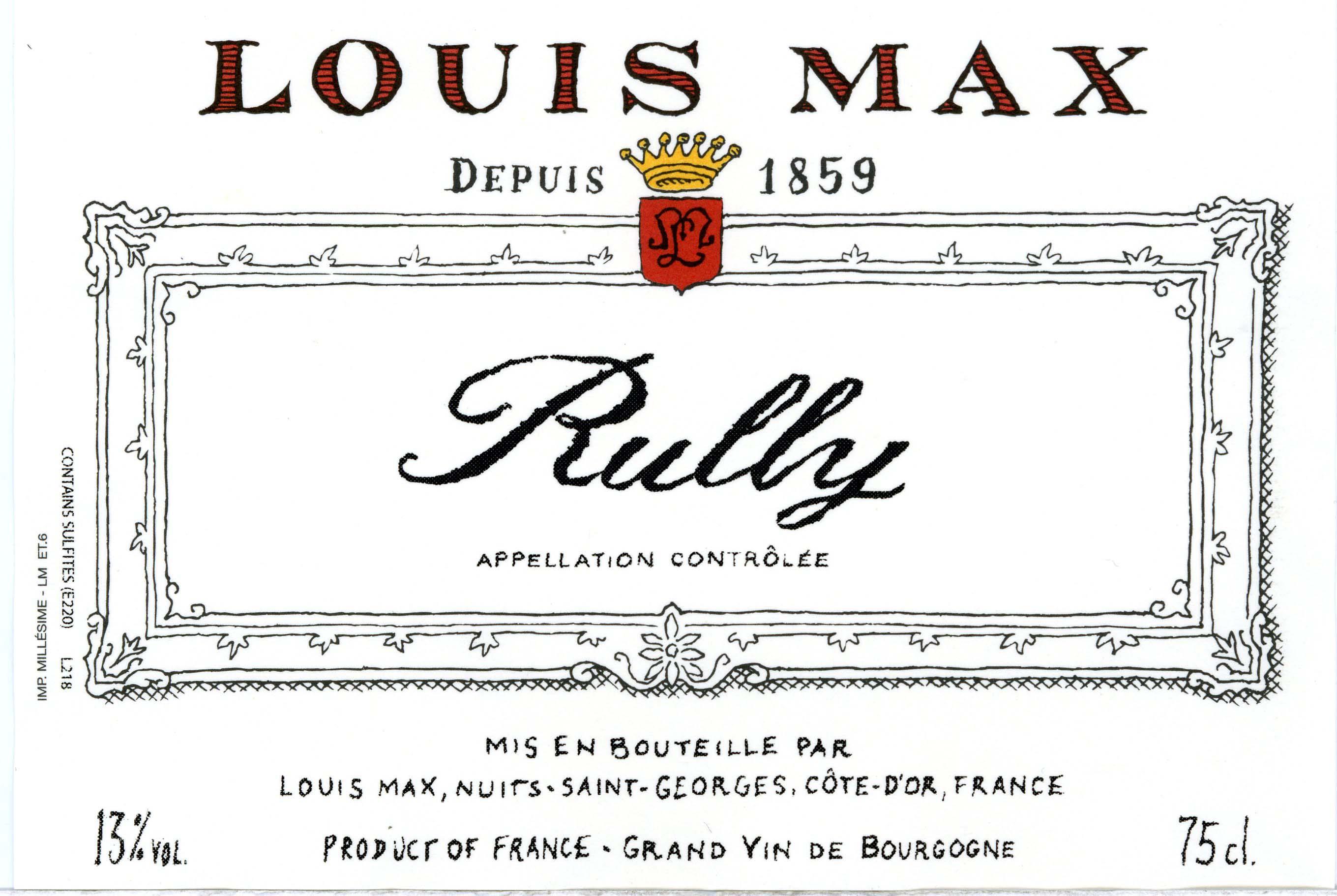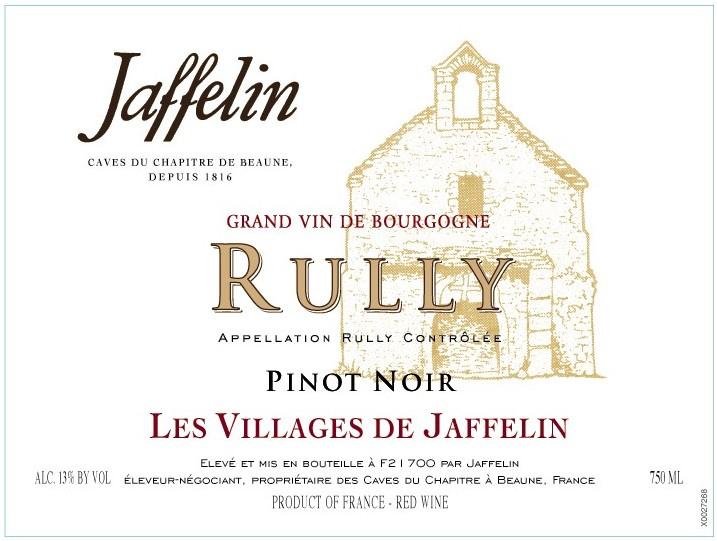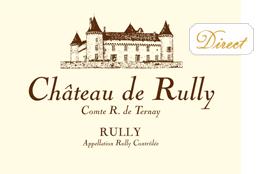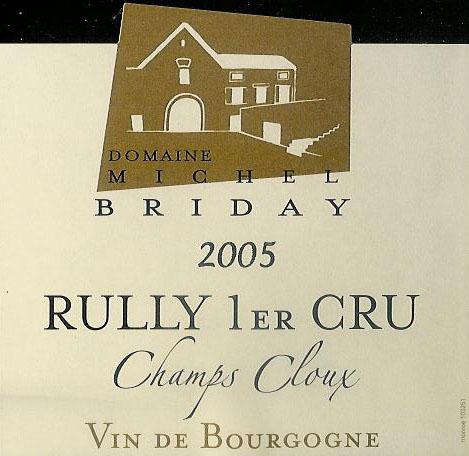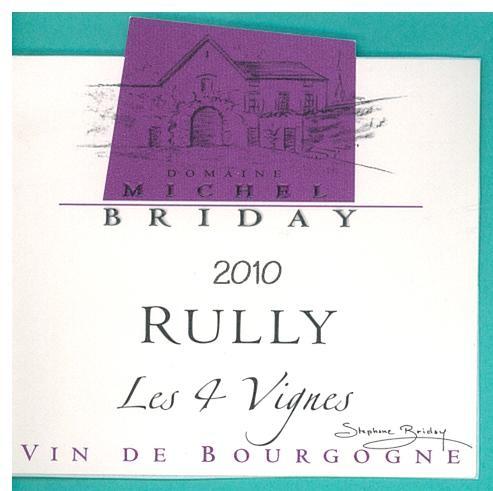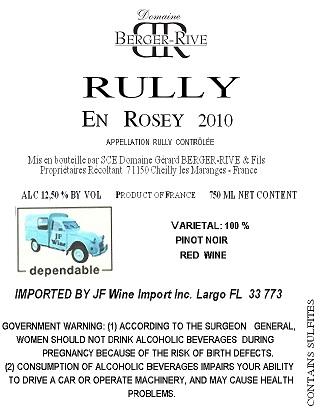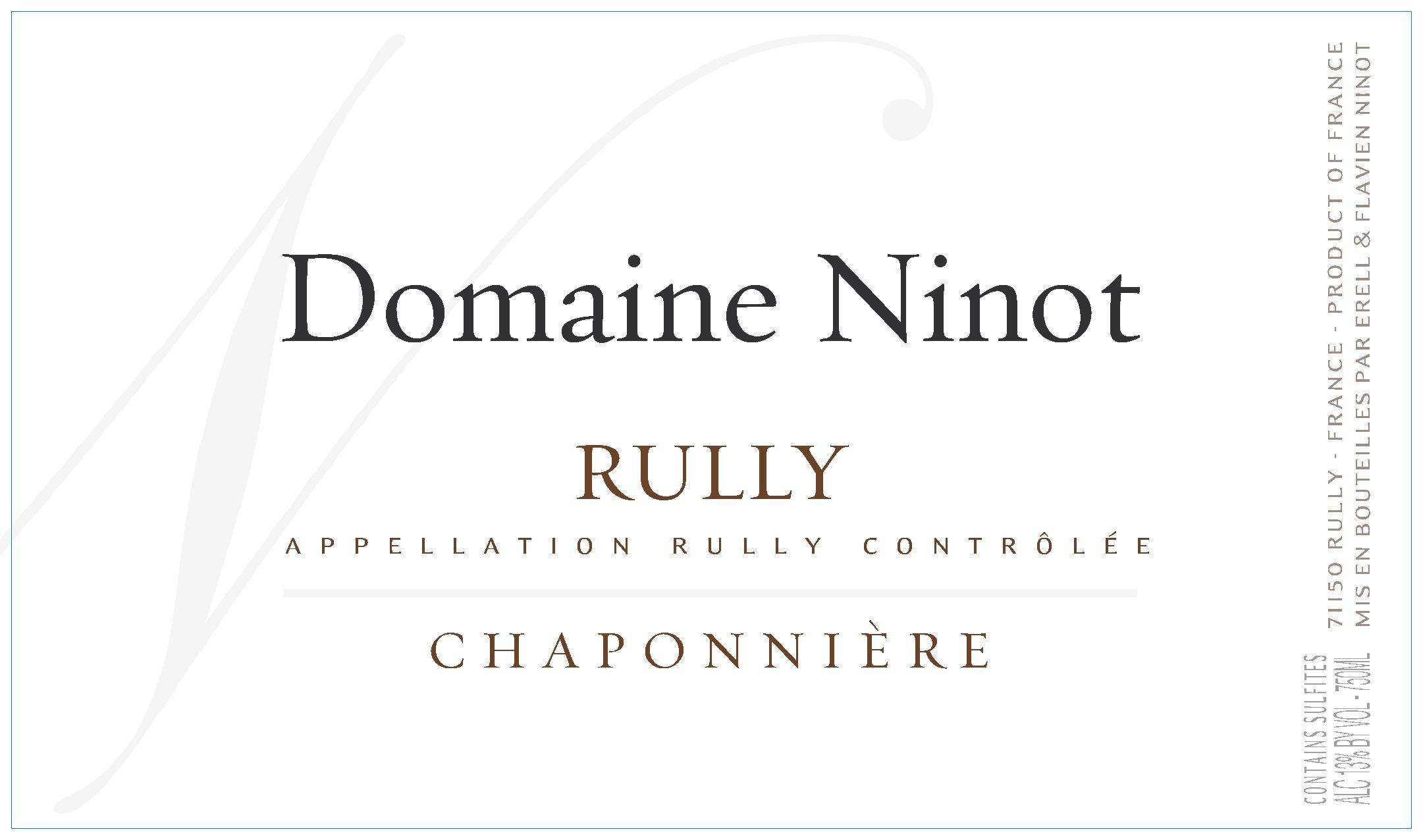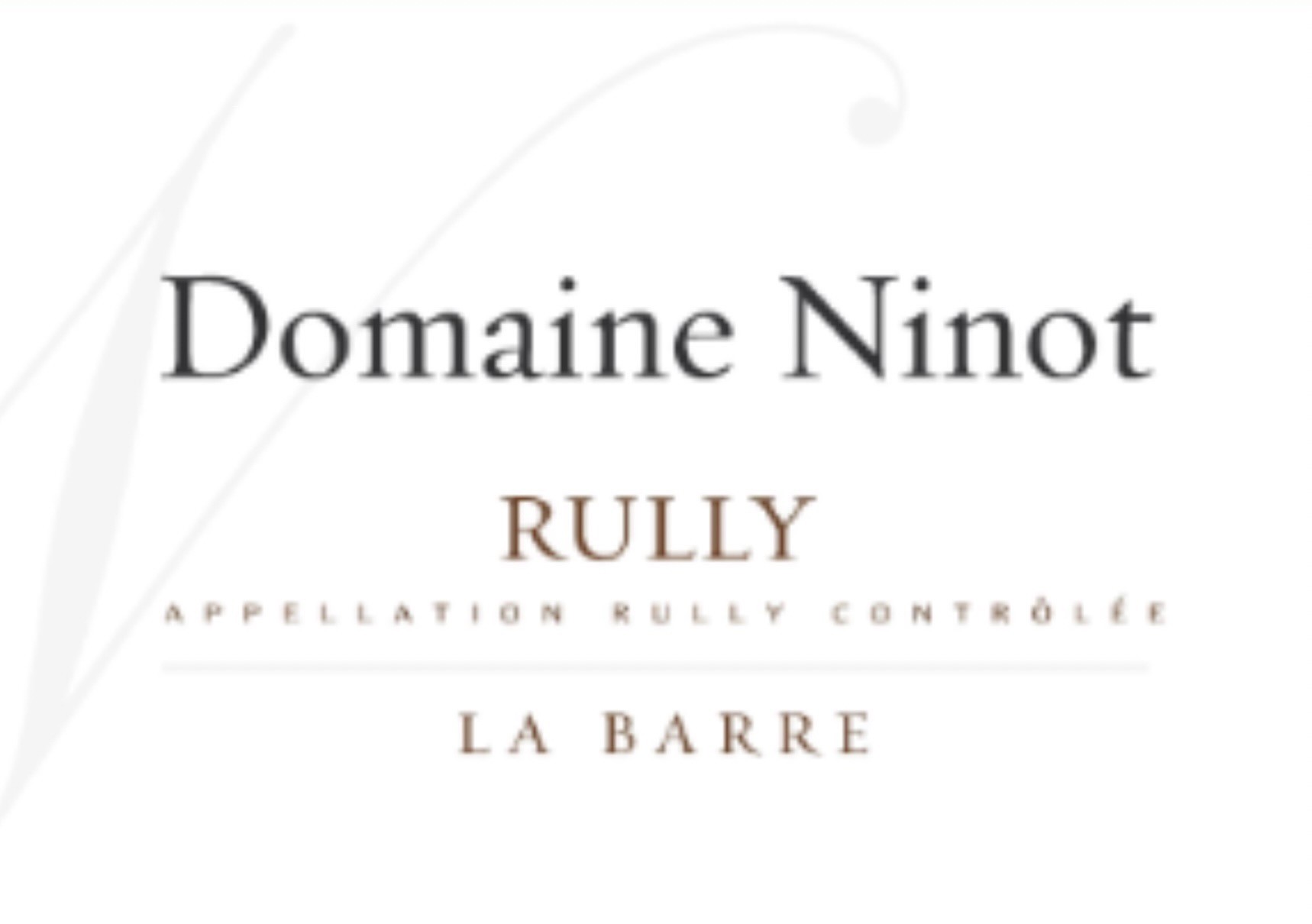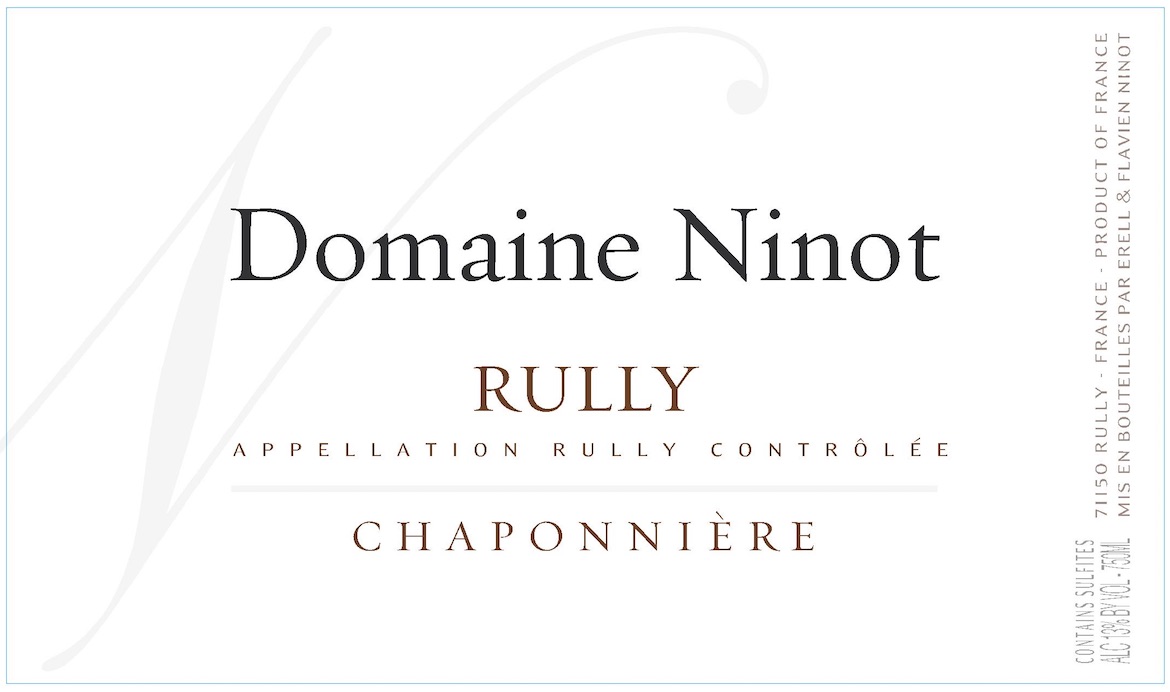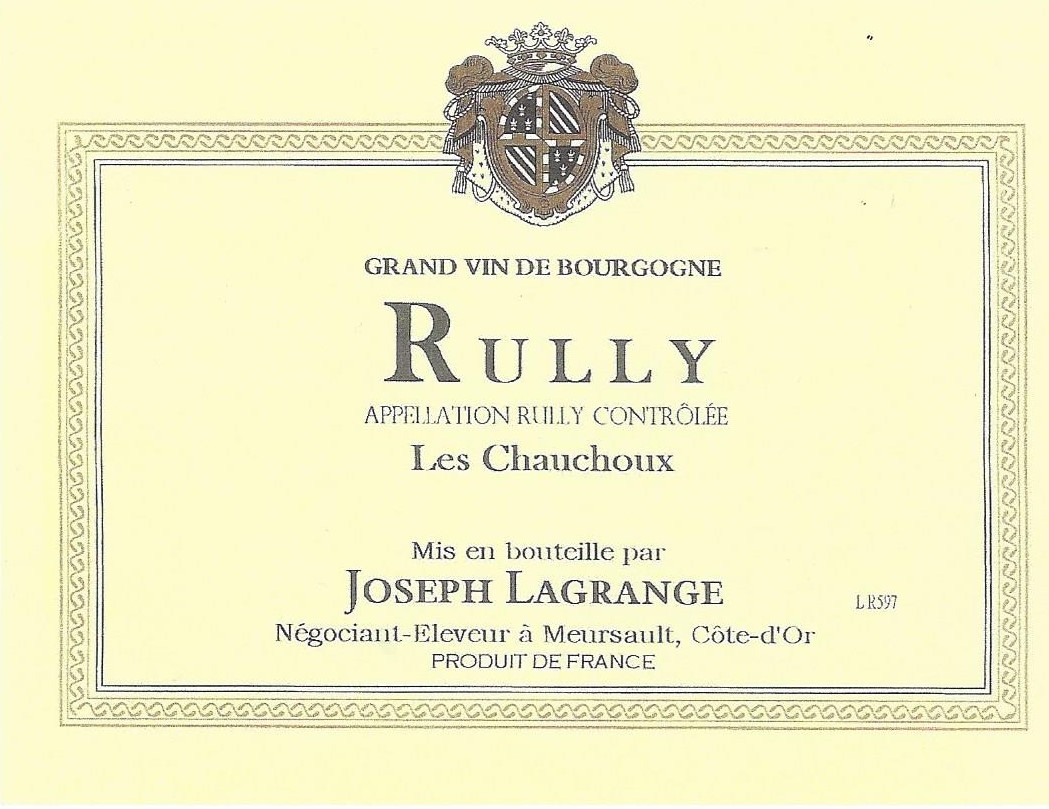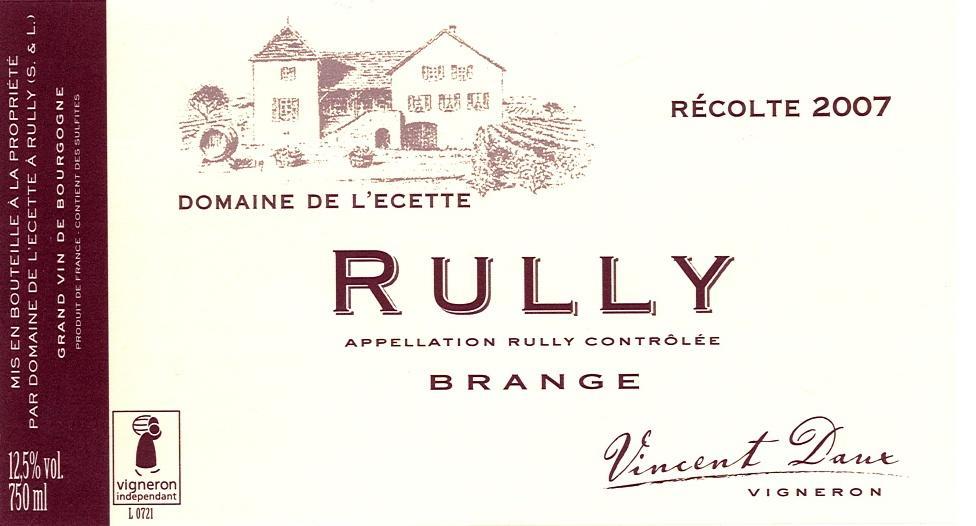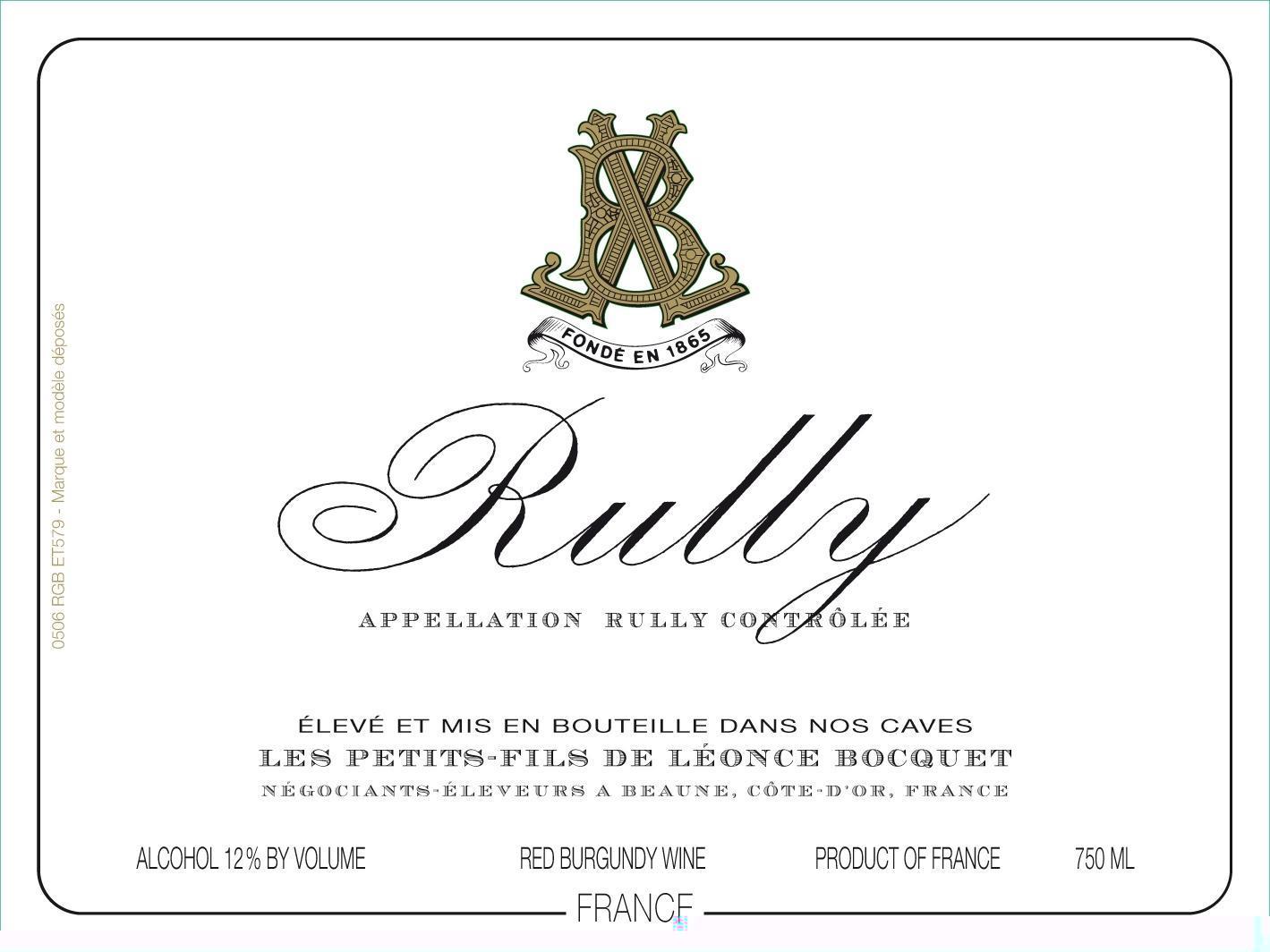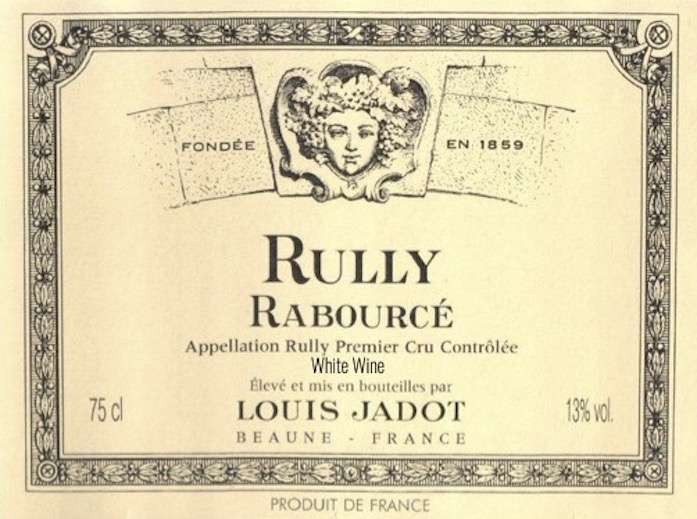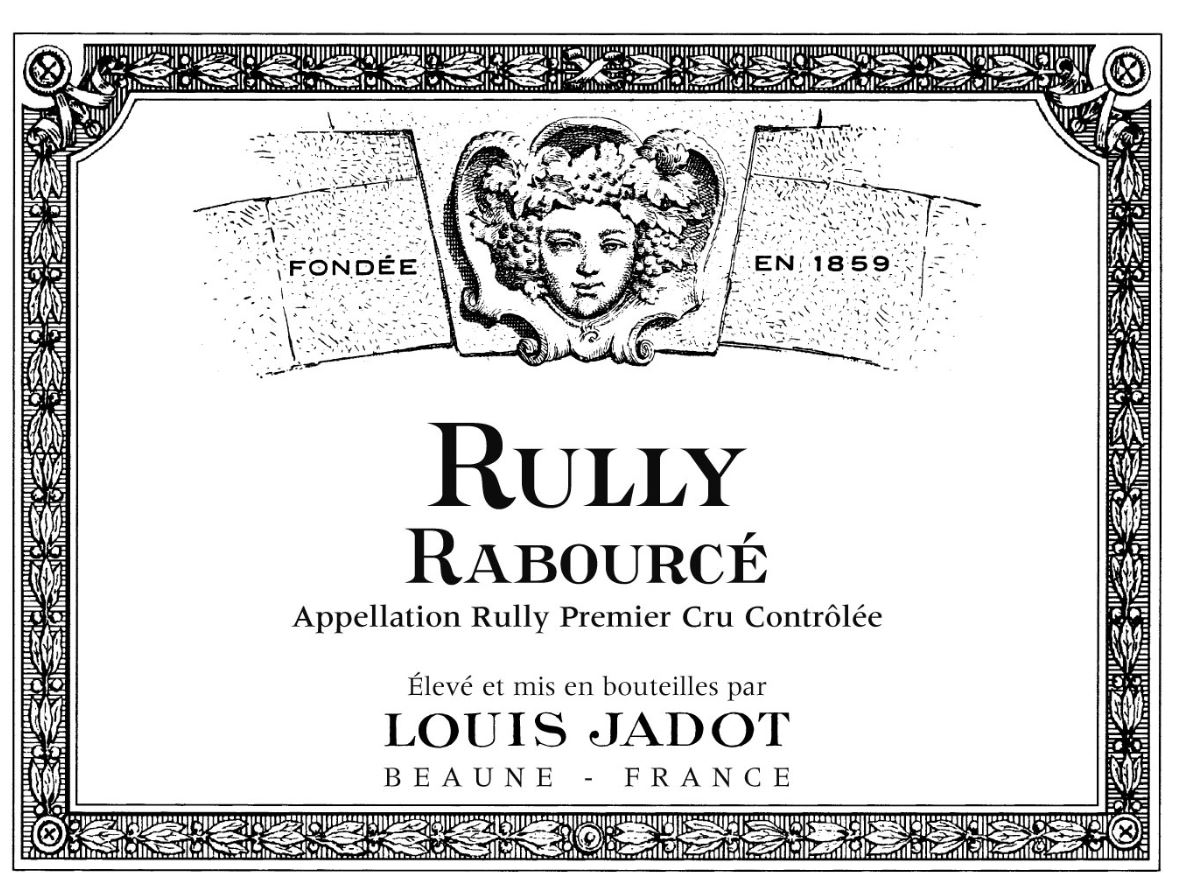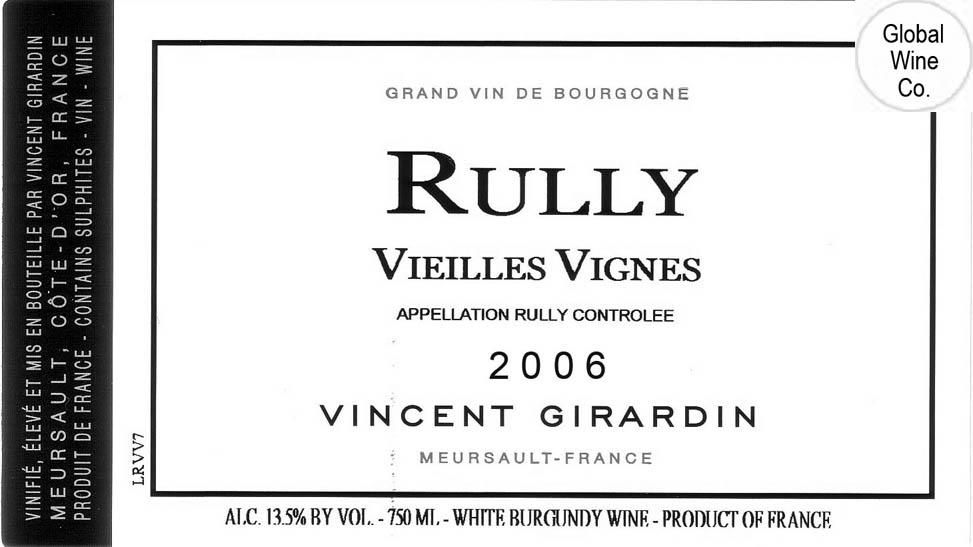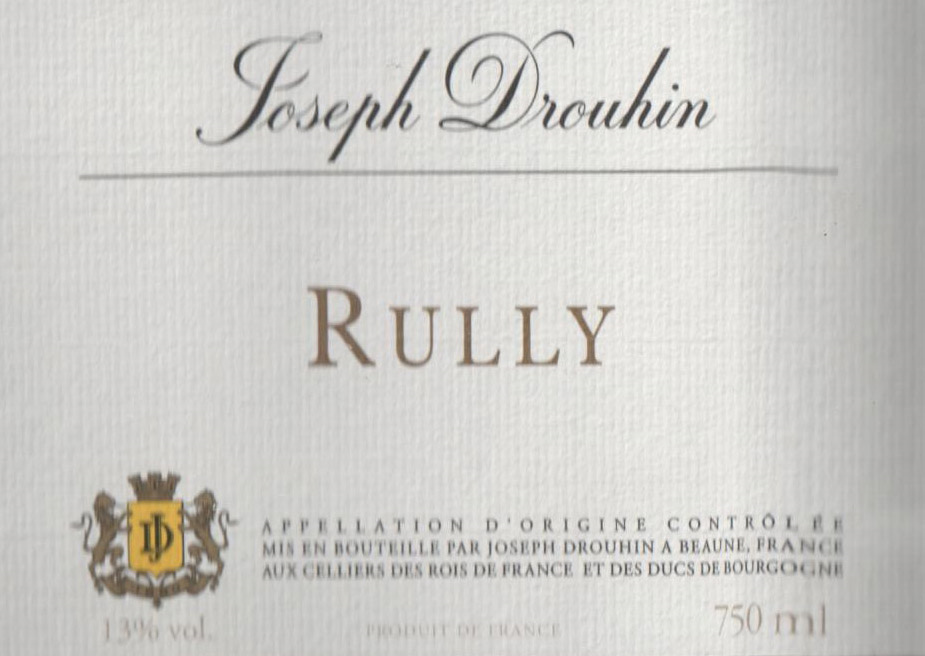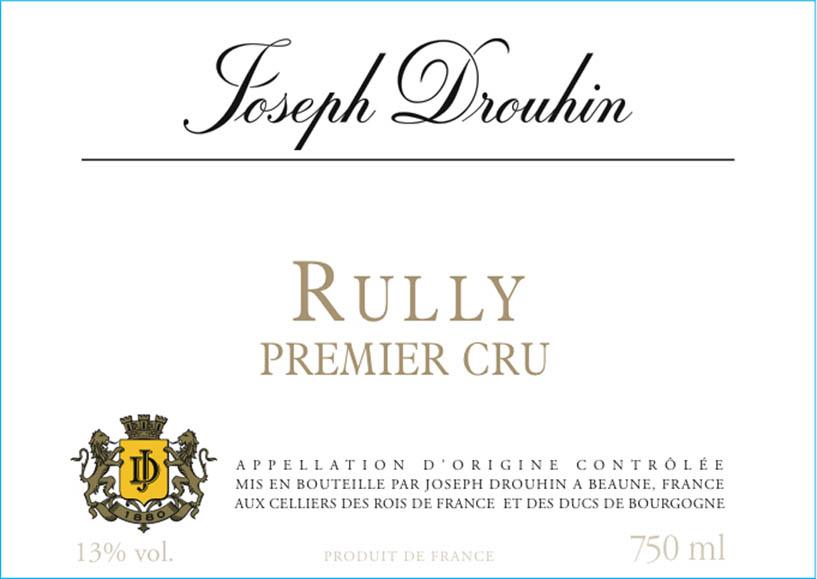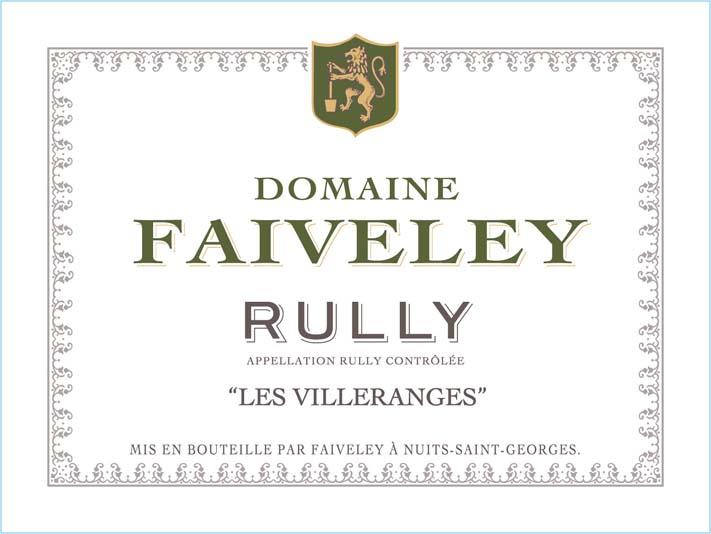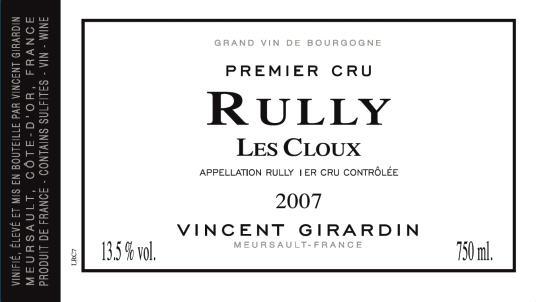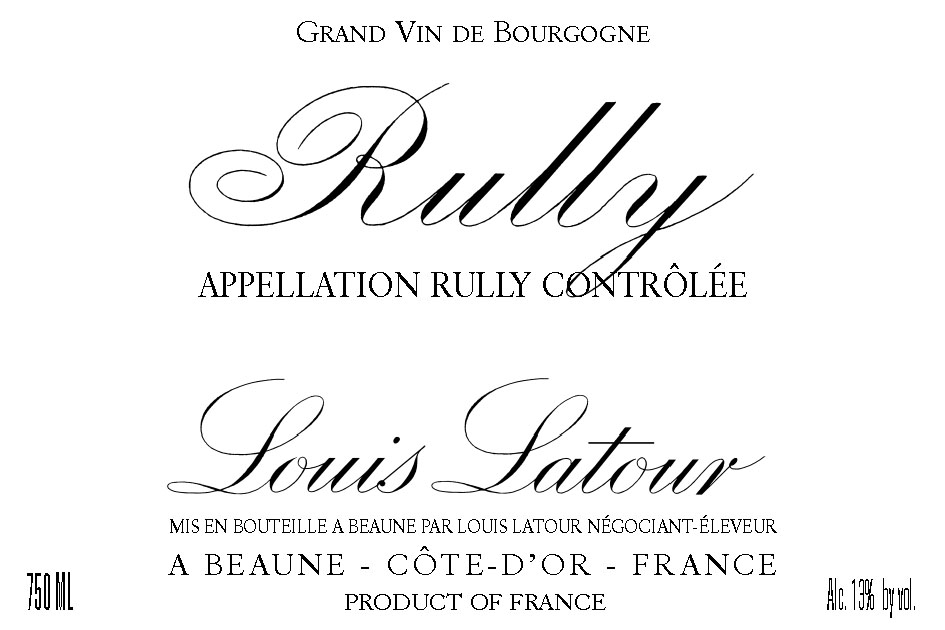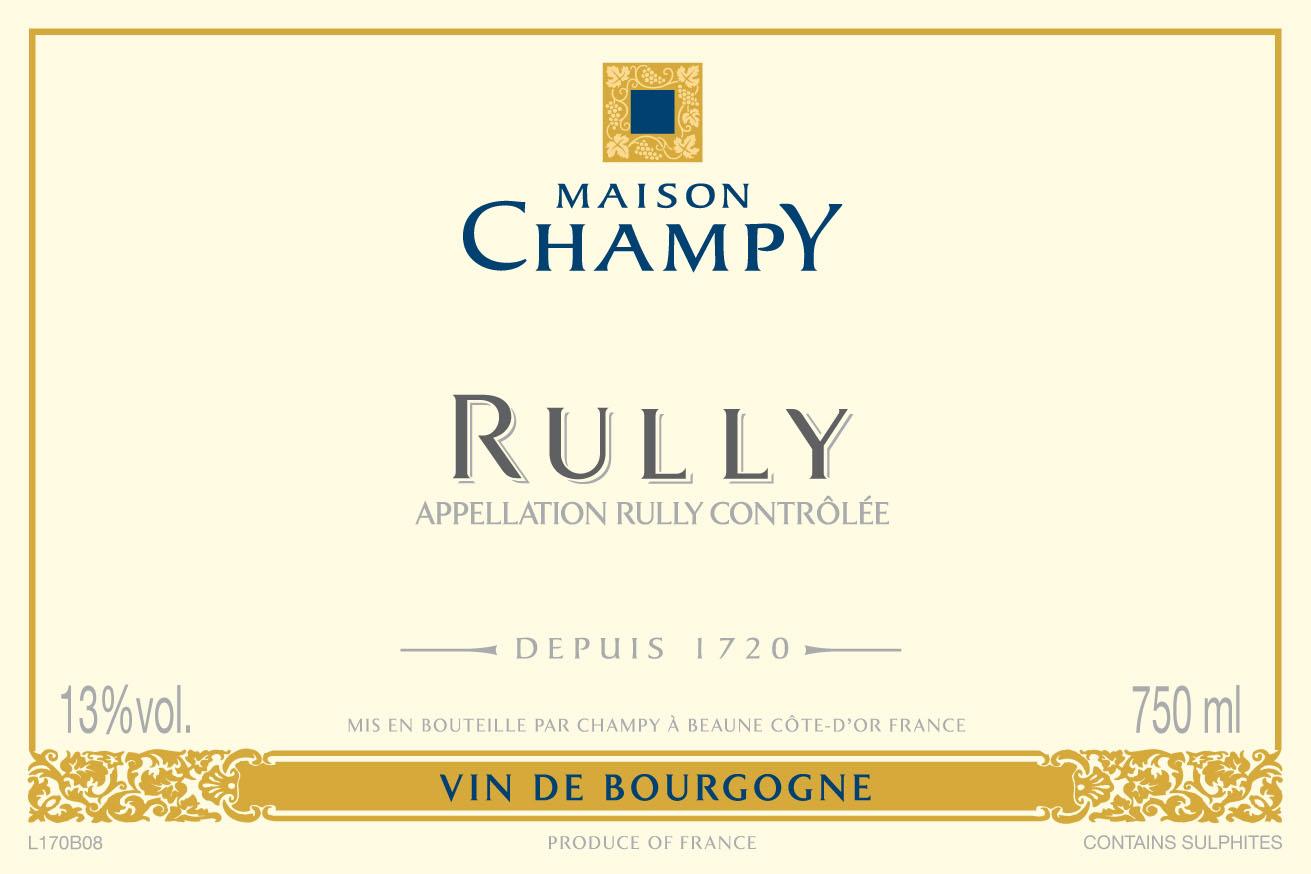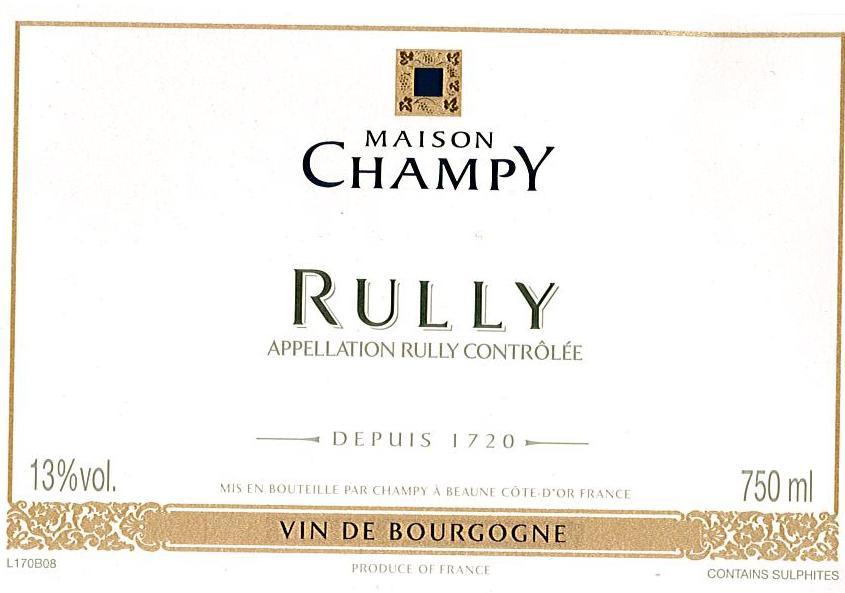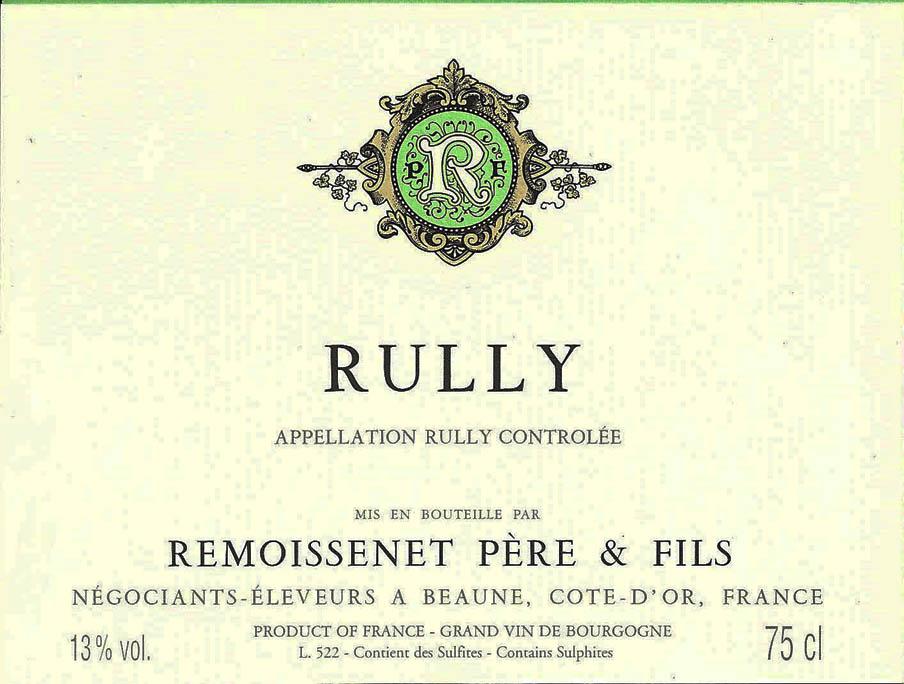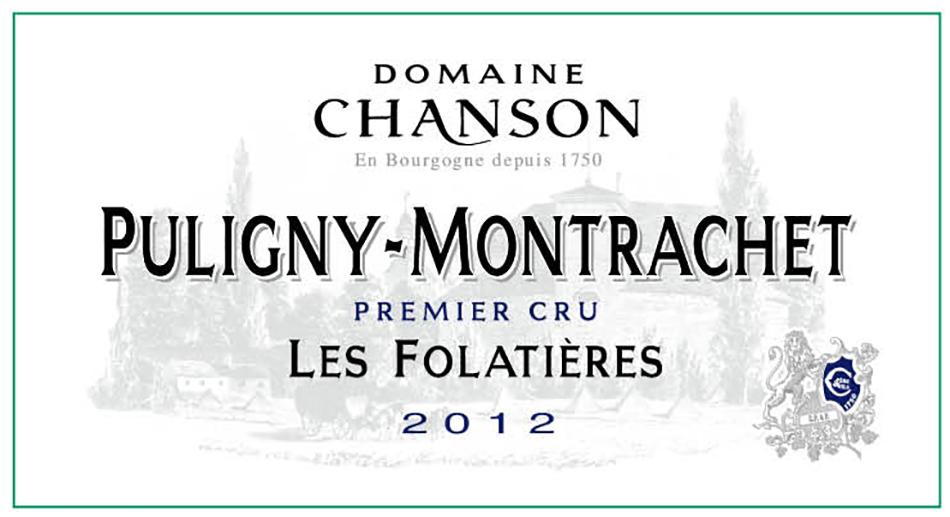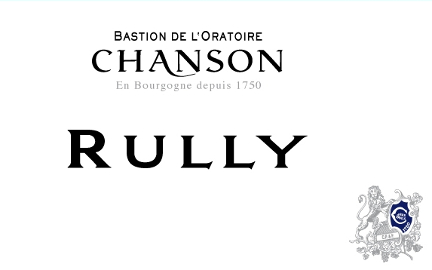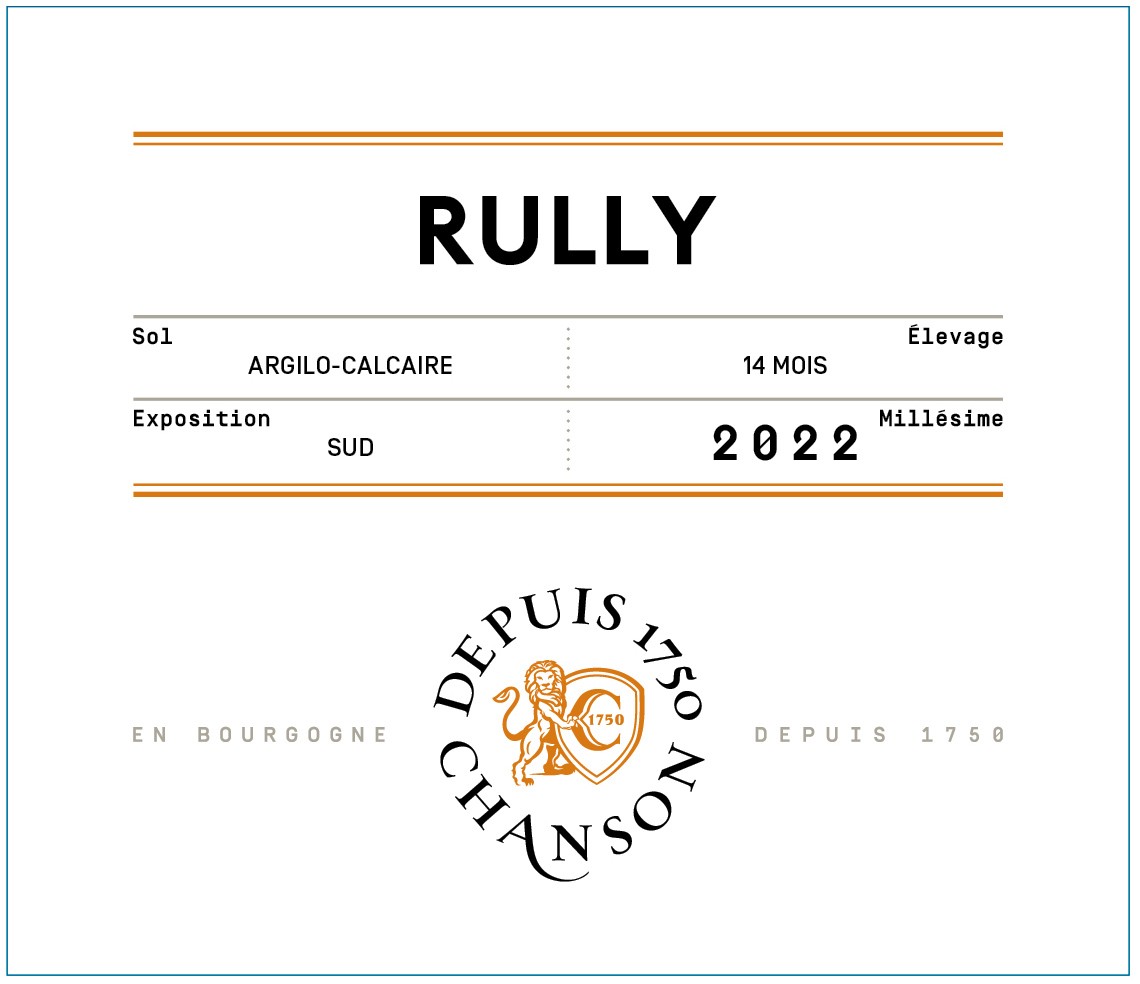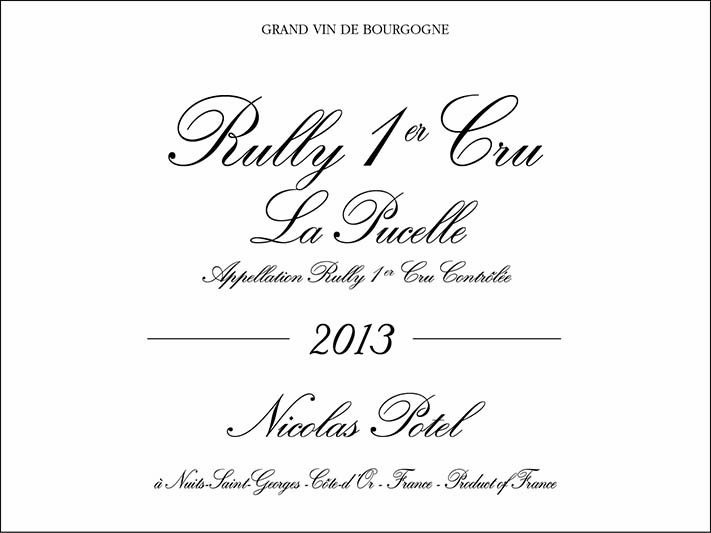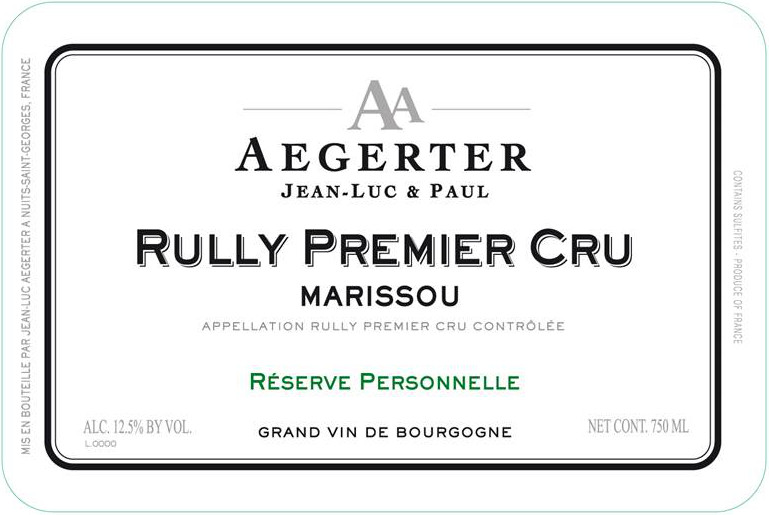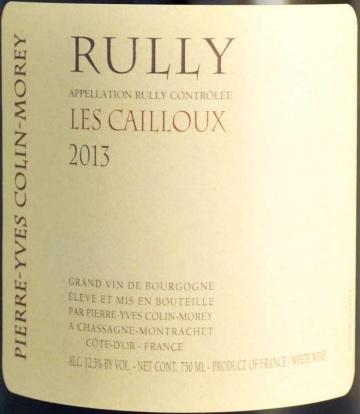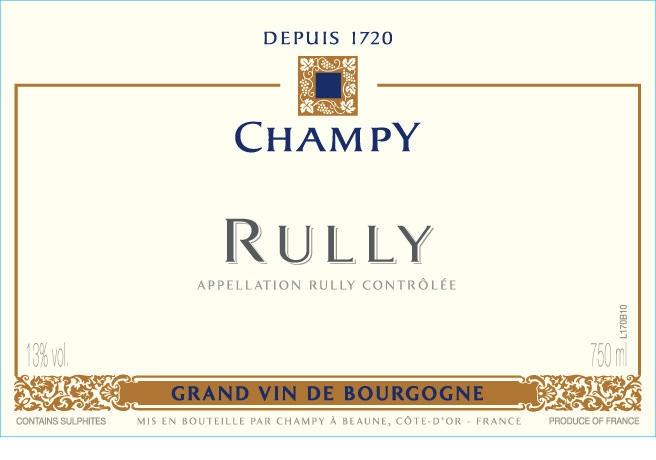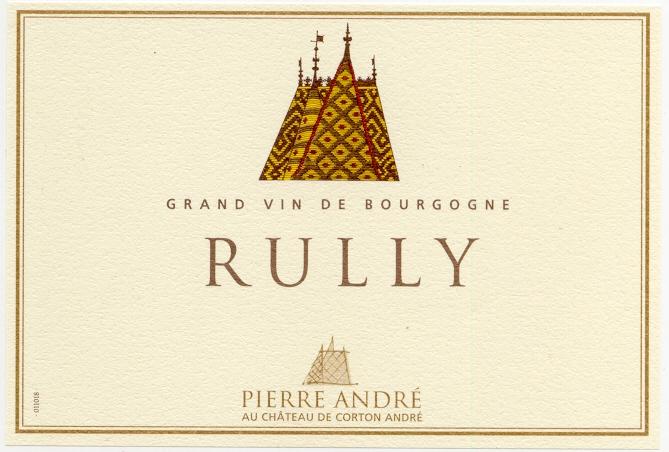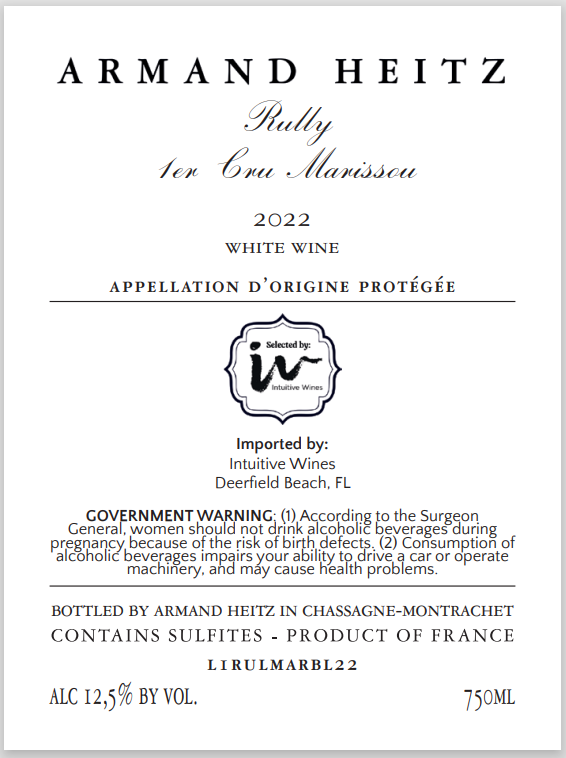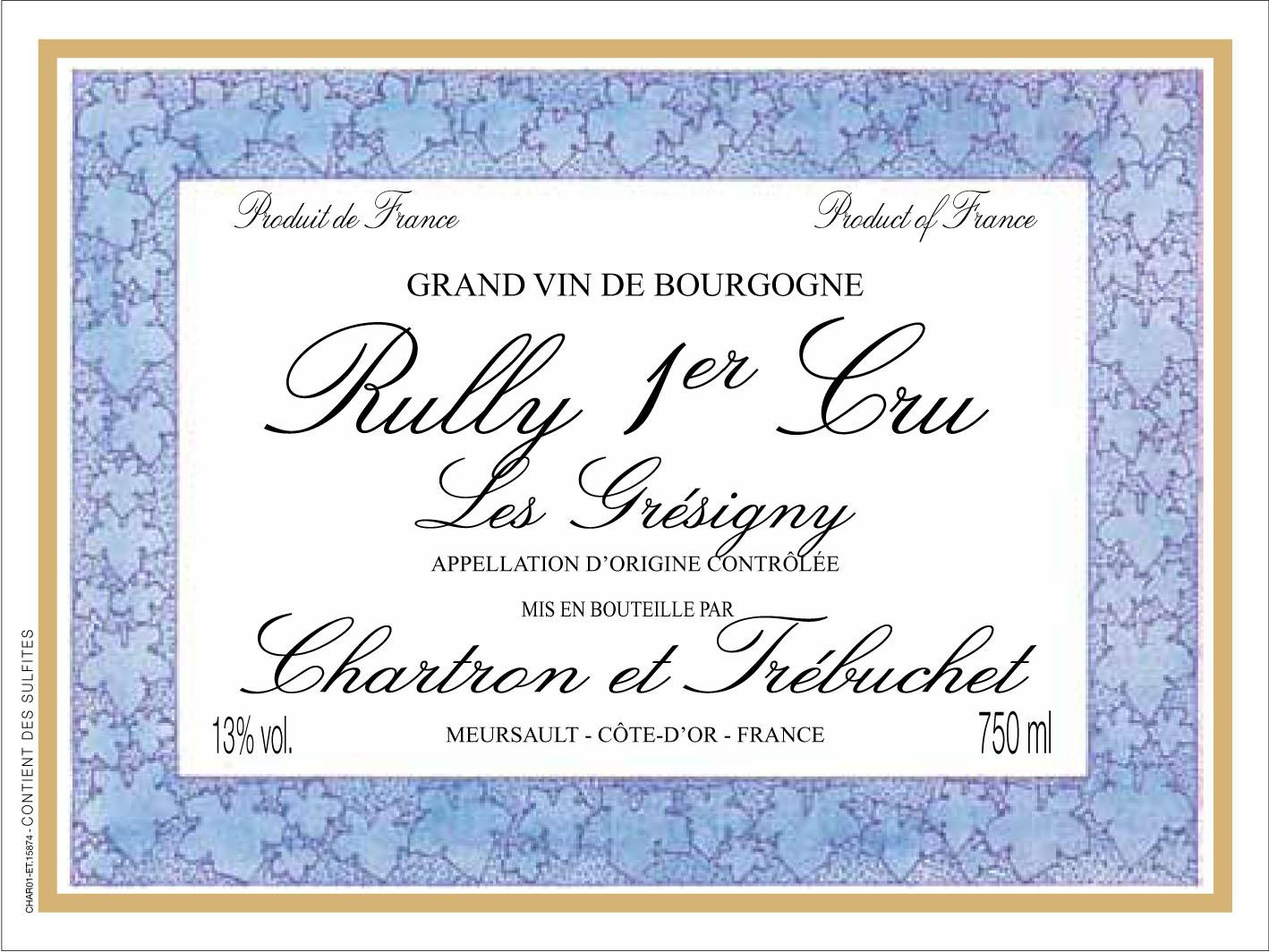Terroir of Rully
The terroir of Rully is defined by its clay-limestone marls and brown limestone soils, which contribute both structure and a mineral quality to the wines. Notably, the higher, often Premier Cru vineyards have more limestone, while lower areas are richer in clay. This diverse soil composition is ideal for cultivating the region's signature Chardonnay and Pinot Noir, enhancing their elegance and complexity.
Rully's vineyards are nestled on gently rolling hills, facing east to southeast at elevations of 200–300 meters, capturing the morning sun for optimal grape ripening. The climate is predominantly continental with some ocean influence, providing 1,900–2,100 hours of sunshine annually.
Cold winters and potential spring frosts are balanced by warm summers that allow full ripening. Consistent rainfall throughout the year supports the development of grapes with ripe flavors, balanced acidity, and aromatic intensity, further elevating Rully's esteemed wines.
Notable Wineries in Rully
Rully, nestled in the Côte Chalonnaise of Burgundy, is home to a selection of notable wineries that capture the essence of this charming region. Here are a few highlights:
-
Château de Rully: This historic estate features a medieval castle in the village center and produces acclaimed Rully wines, including Premier Cru varieties. Visitors can explore the cellars and enjoy tastings, though it’s advisable to check availability beforehand.
-
Family Domaines: Beyond the château, several esteemed family domaines produce Rully wines from specific vineyard sites. Visits often require appointments, offering a personal glimpse into their winemaking process.
-
Local Growers: For those seeking an introduction to Rully’s wine style, local growers offer village-level wines, showcasing the region's unique terroir and winemaking traditions.
Sustainable Winemaking in Rully
Rully winemakers are deeply engaged in sustainable viticulture as part of Burgundy's broader commitment to eco-friendly practices. Many adopt organic and biodynamic methods, or "agriculture raisonnée," to minimize synthetic inputs.
Enhancing biodiversity and planting cover crops are common strategies to improve soil health and prevent erosion, fostering habitats for beneficial insects. By managing vineyard canopy and grape yields, they enhance airflow and reduce diseases, requiring fewer treatments.
In the cellars, wise resource use is prioritized, with energy-saving measures and lighter, recycled packaging to reduce carbon footprints. Many producers pursue regional sustainability certifications like HVE (High Environmental Value) and adhere to guidelines such as Terra Vitis.
These efforts ensure that Rully wines not only capture the elegance of the region but also reflect a commitment to preserving the environment for future generations.
Wine Tourism in Rully
Wine tourism in Rully, situated in Burgundy's Côte Chalonnaise, offers a rich tapestry of experiences that highlight the region's viticultural heritage. Visitors can delve into the history of the medieval Château de Rully, where guided cellar tours and tastings reveal the craftsmanship behind Rully's renowned Chardonnay and Pinot Noir wines.
The scenic wine routes connect charming villages like Mercurey and Bouzeron, ideal for cycling or hiking amidst breathtaking vineyard vistas. Seasonal festivals celebrate the bounty of the land, with spring and autumn events showcasing fresh whites and robust reds alongside local cuisine.
Nearby attractions include the cultural hubs of Beaune and Chalon-sur-Saône, enhancing the wine journey. Many domaines practice sustainable viticulture, reflecting a commitment to eco-friendly winemaking.
Whether exploring family-run estates or Premier Cru sites, Rully offers a unique blend of history, natural beauty, and wine excellence.
